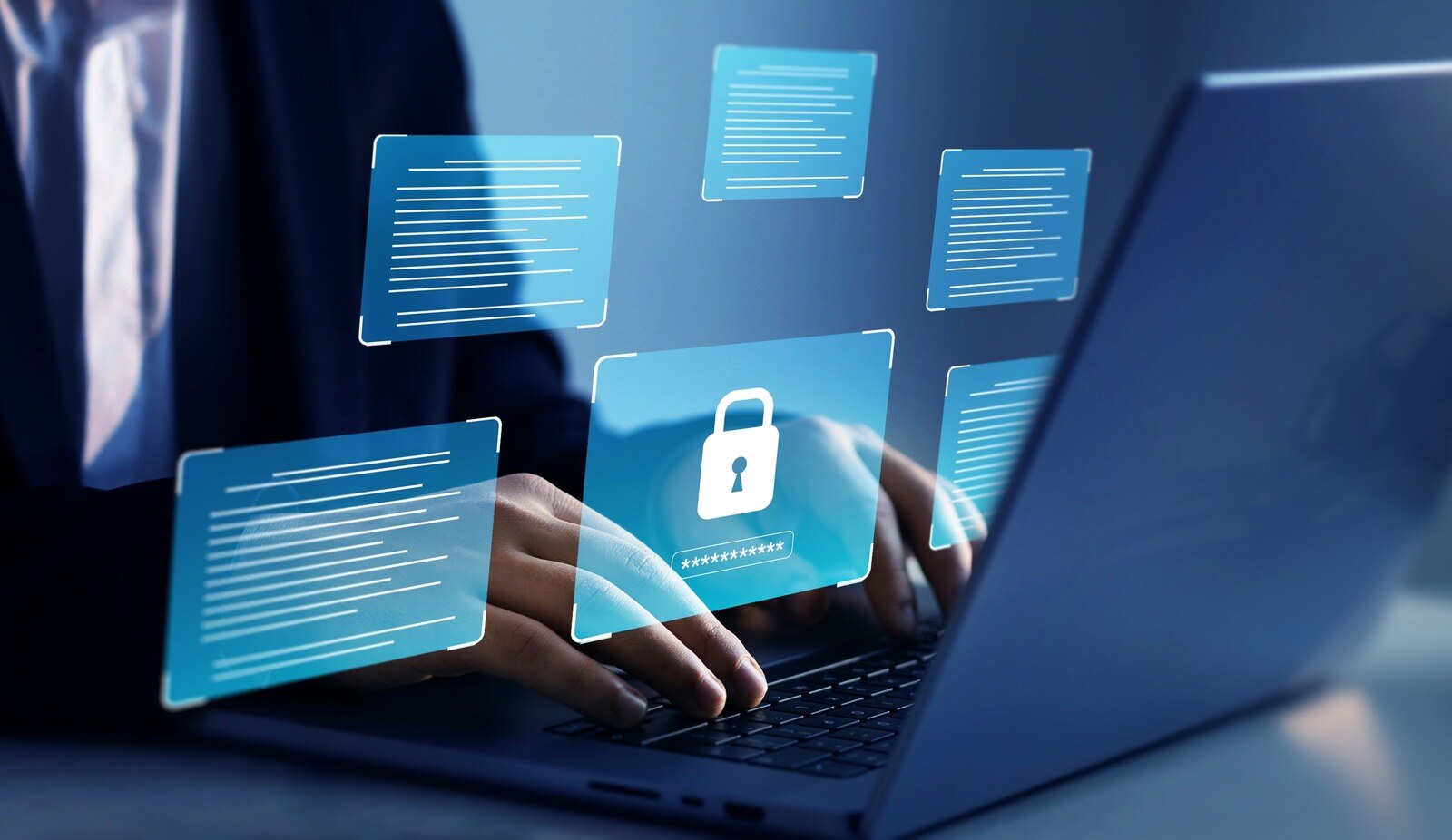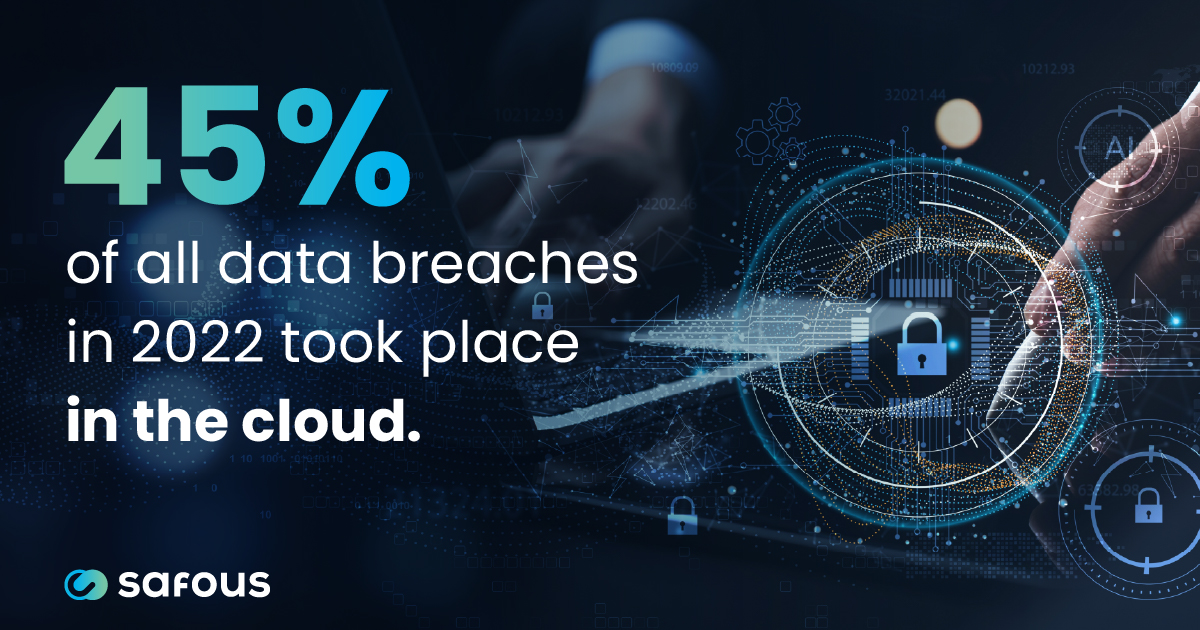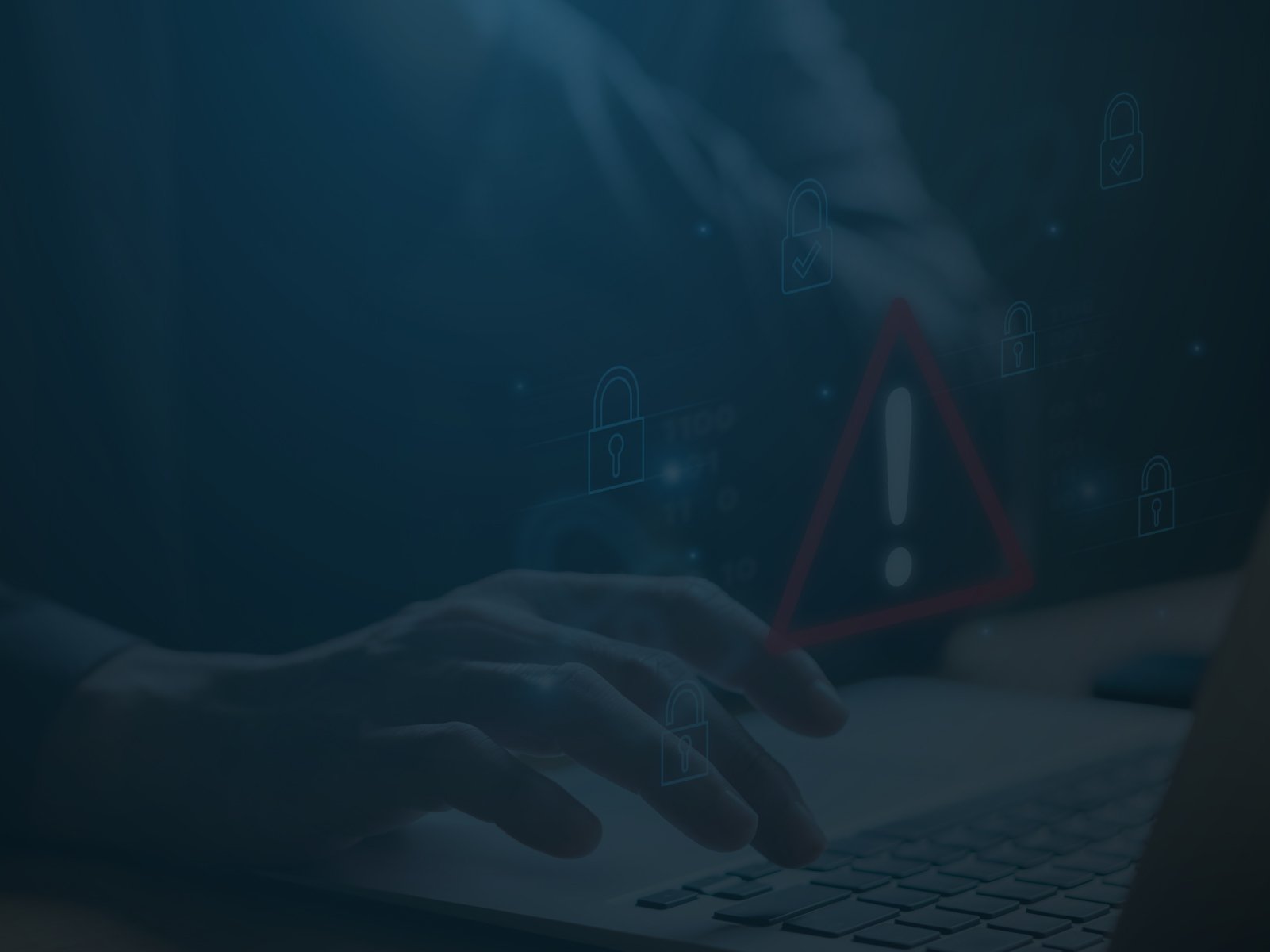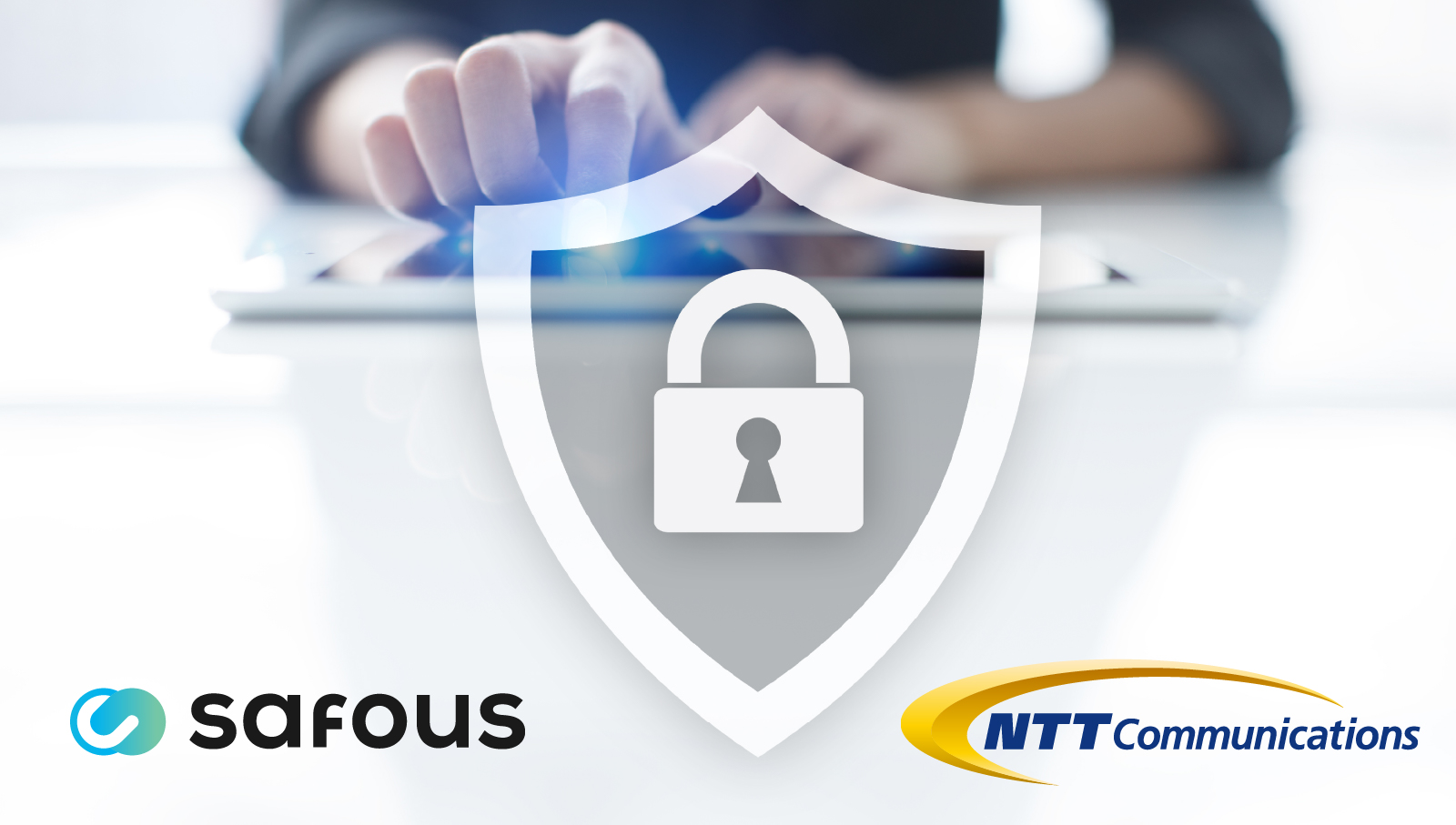The total annual cost of cybercrime is projected to reach $10.5 trillion by 2025.1 With the digital landscape becoming more dangerous, achieving zero trust readiness is critical for businesses aiming to safeguard their sensitive data and operations. This proactive approach challenges traditional security paradigms by eliminating implicit trust – a must for mitigating evolving cyber risks.
In this blog, we’ll explain how cybersecurity assessments can help improve your organization's zero trust readiness and prepare it for the obstacles ahead.
What Is Zero Trust Readiness?
Zero trust security has gained traction in recent years as a response to today's sophisticated cyber threats. In 2023, 61% of organizations said they had a defined zero trust framework in place, with another 35% planning to implement one soon.2
Zero trust readiness is the state of being prepared to implement and maintain this security model effectively. It involves assessing your current security posture, identifying gaps, and developing a strategic plan to transition to a zero trust architecture. As more companies recognize the limitations of traditional perimeter-based security, achieving zero trust readiness is an increasingly critical objective.
7 Ways Cybersecurity Assessments Boost Zero Trust Readiness
Cybersecurity assessments are the cornerstone of developing a robust zero trust readiness strategy. Here’s how these evaluations help your business reach zero trust readiness:
1. Identify Vulnerabilities
Cybersecurity assessments examine your IT environment to uncover vulnerabilities that could be exploited by cyberattackers, such as weaknesses in your network architecture, software applications, and endpoint devices. By identifying these vulnerabilities, you can take proactive measures to address them before they become entry points for malicious activities.
2. Assess Risks
Beyond identifying vulnerabilities, cybersecurity assessments evaluate the risks associated with these vulnerabilities. This involves analyzing the potential impact of threats and the likelihood of their occurrence. Knowing these risks can help you prioritize remediation efforts and allocate resources effectively to areas of greatest concern.
3. Ensure Compliance
Cybersecurity assessments help ensure your organization meets all relevant regulatory compliance requirements, such as GDPR, HIPAA, and PCI DSS. This not only protects your business from legal and financial repercussions but also builds trust with customers by affirming your commitment to data protection.
4. Evaluate Security Controls
Cybersecurity assessments scrutinize the effectiveness of your existing security solutions, including access controls, encryption methods, identity management practices, and incident response procedures. Understanding how well these controls perform can help you identify gaps and areas for improvement, ensuring a stronger security framework.
5. Support Business Continuity
A 2024 survey found that 43% of CISOs experienced unplanned downtime due to a cyberattack.3 By identifying potential disruptions with an assessment and planning for contingencies, you can minimize downtime and maintain critical operations during a security incident. This is particularly important for industries where operational continuity is essential, such as manufacturing and utilities.
6. Enhance Incident Response
Cybersecurity assessments provide insights into the effectiveness of your incident response plan by evaluating how quickly your organization can detect, respond to, and recover from security incidents. Improving your incident response capabilities reduces the impact of attacks and helps maintain customer trust and confidence.
7. Foster a Security-First Culture
Regularly conducting cybersecurity assessments promotes a culture of security awareness and vigilance within your organization. By continuously evaluating and improving your security posture, you reinforce the importance of cybersecurity and maintain a proactive stance against evolving threats.
Conducting a Zero Trust Cybersecurity Assessment
A zero trust cybersecurity assessment involves a systematic review of your organization's security controls, policies, and procedures. Here’s what you can expect:
- Assessment Scope Definition: Define the scope, objectives, and timeline for the assessment. Ensure it aligns with your organizational goals and regulatory requirements.
- Vulnerability Identification: Identify and prioritize vulnerabilities across your network assets, applications, and endpoints.
- Risk Assessment: Determine the impact and likelihood of the identified risks to prioritize mitigation efforts effectively.
- Compliance Review: Assess compliance with industry standards and regulatory mandates, such as GDPR, HIPAA, or PCI DSS, to ensure legal and regulatory requirements are met.
- Action Plan Development: Develop an action plan based on the assessment findings. This plan should outline remediation steps, a timeline for implementation, and responsible stakeholders.
How Can Businesses Prepare for a Cybersecurity Assessment?
Preparing your company for a cybersecurity assessment requires a strategic approach focused on these key areas:
Network Architecture
Evaluate the resilience of your network infrastructure against advanced threats and potential breaches. This may involve mapping out your network topology, identifying critical assets, and assessing the strength of your current security protocols. Consider implementing micro-segmentation to isolate sensitive data and limit the potential spread of data breaches.
Identity Management
Strengthen your identity verification processes and implement multi-factor authentication to mitigate unauthorized access attempts. You might also consider implementing risk-based authentication that adapts to user behavior and context, as well as biometric authentication for high-security areas.
Access Controls
Implement stringent access policies based on the principle of least privilege to limit exposure to sensitive data and resources. Review and update user roles and permissions regularly to ensure employees only have access to the resources necessary for their job functions. You can also implement just-in-time and just-enough access practices to reduce your attack surface even further.
Data Protection
Employ advanced encryption methods and data loss prevention strategies to safeguard your sensitive information from unauthorized disclosure. Data loss prevention (DLP) tools can also help your security teams monitor and control the flow of sensitive information across your network and to external sources.

Safous: Your Hassle-Free Solution to Zero Trust Readiness
Achieving zero trust readiness is your organization's best defense as cyber threats become more sophisticated. By identifying system vulnerabilities, assessing risks, and aligning your strategy with zero trust principles, a cybersecurity assessment can help you stay ahead of potential threats.
Safous’ Security Assessment Service simplifies the process of achieving and maintaining zero trust readiness with comprehensive security assessments. By simply entering your organization’s domain name, you’ll receive a score-rated report that outlines the security level of your digital assets’ attack surfaces on a domain-by-domain basis. This provides a clear and instant visualization of your organization’s security readiness. Safous Security Analysts will then offer a detailed analysis of your scores and provide actionable suggestions for improvement.
Safous Zero Trust Access (ZTA) and Safous Web Application and API Protection (WAAP) are particularly effective in strengthening key areas like identity and access management and hardening your attack surface. With Safous, you'll dramatically improve your security scores, ensure robust security measures, and keep your journey toward zero trust on the right track.
Visit our security assessment page to learn more and schedule your assessment today.
Sources:
Receive the latest news, events, webcasts and special offers!
Share this
You May Also Like
These Related Stories

Understanding MSPs’ Role in SME Cybersecurity

What Role Does MFA Play in Zero Trust Security?
.png)



